TPW TV: Richland Creek
Friday, January 22nd, 2016This is Passport to Texas
To work for twenty years on one project and see it go from a design on paper to over 2,000 acres of wetlands, functioning as designed is extremely rewarding.
Jeff Gunnels, with the Middle Trinity River Ecosystem Project, leads a Texas Parks and Wildlife team that reconstructed wetlands in the Richland Creek Wildlife management area; wildlife biologist, Matthew Symmank.
We pump water from the Trinity River into a series of sediment basins and then we flow it through a series of wetland cells. The wetland plant community and the wetlands themselves act as a filter, filtering out the nutrients.
Gunnels said algae blooms would occur if that water flowed directly into a reservoir.
So, we’re using those wetlands to take up those nutrients and clean this water, and that water is re-lifted into the Richland Chambers Reservoir and ultimately pumped back to the Dallas Fort Worth Metroplex.
The ecosystem project provides clean drinking water to the Dallas Fort Worth Metroplex and to wildlife. And that creates outstanding hunting opportunities, says wildlife technician Edwin Bowman.
For the average public hunter that comes in, they see it and they’re like, “Man, it looks amazing”. Just knowing how much time behind the scenes it takes to make it look amazing is pretty cool, how much work and sweat and dedication we have out here.
The Wildlife Restoration Program supports our series.
For Texas Parks and Wildlife…I’m Cecilia Nasti.
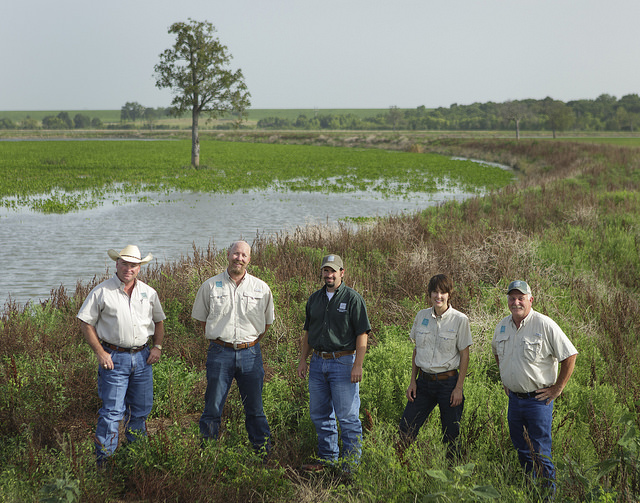

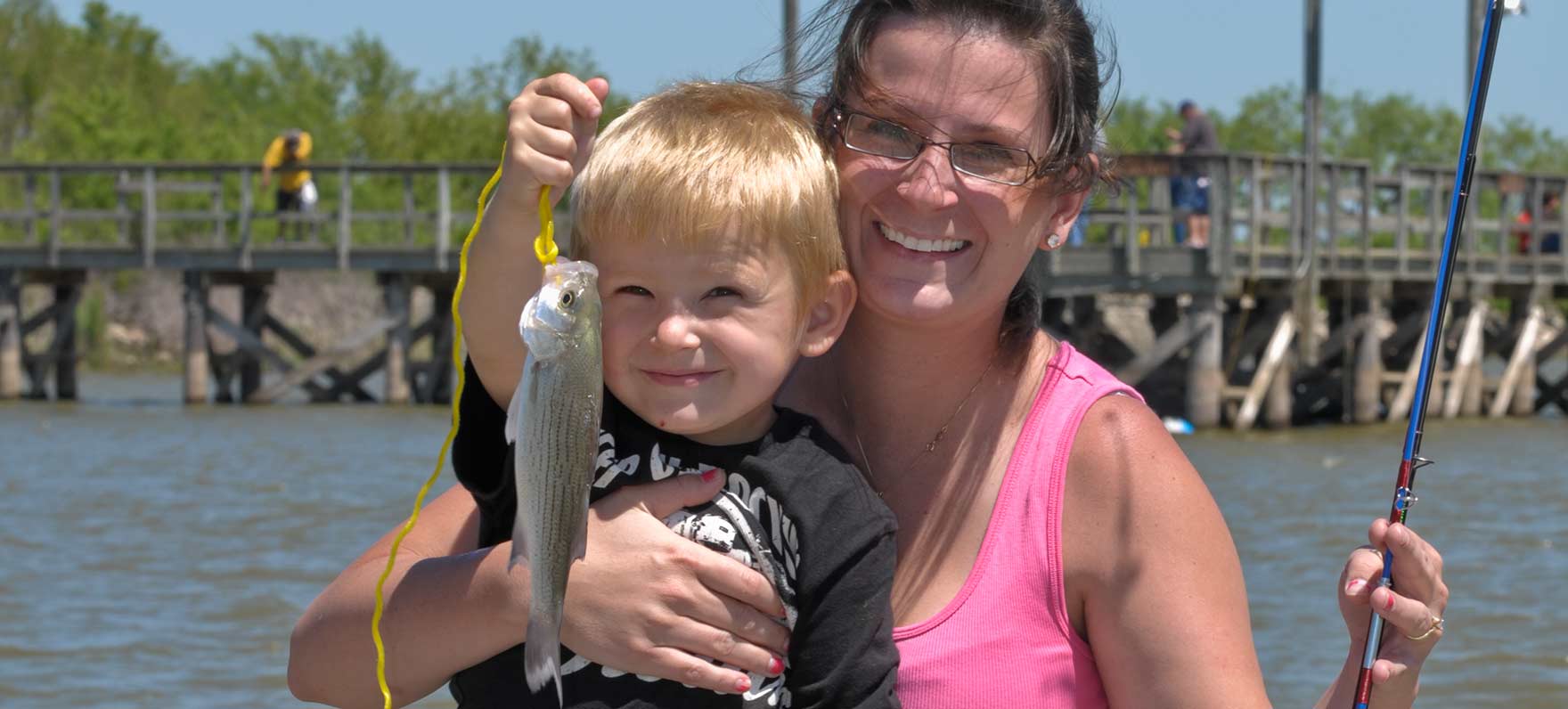
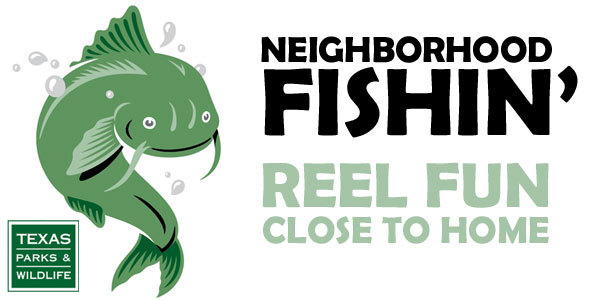
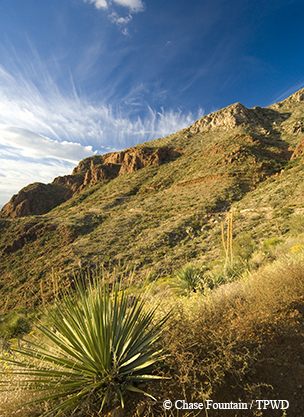
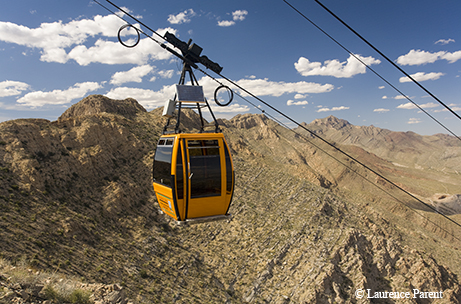

 Passport to Texas is a
Passport to Texas is a  Passport to Texas is made available by:
Passport to Texas is made available by: